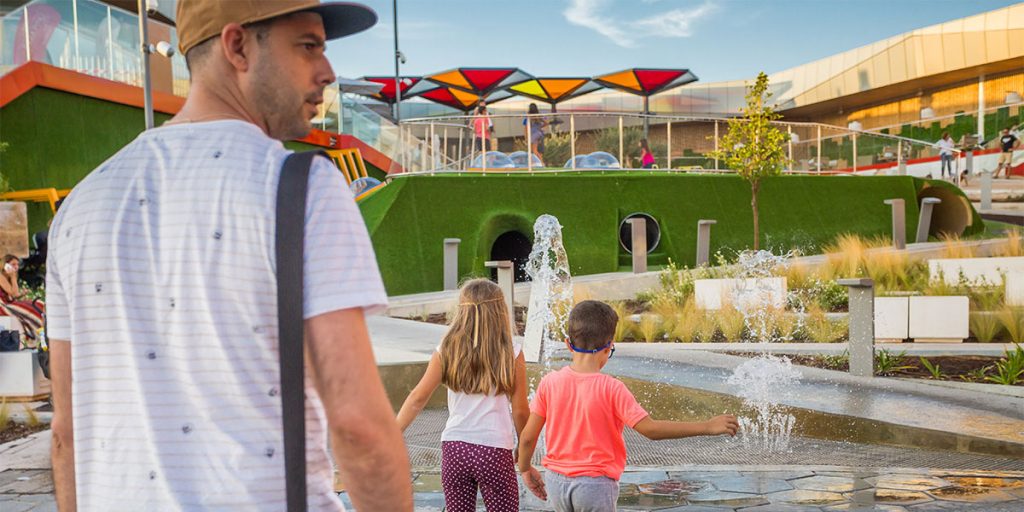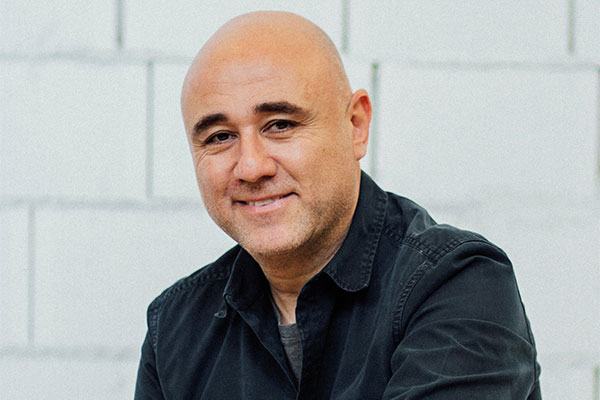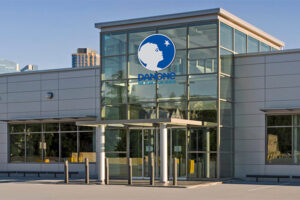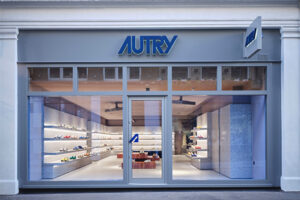By Gastón Gaitán
Time is our most valuable asset. Whether it trickles, flows, or flies by, the time that belongs to each and every one of us is in a constant state of diminishment. The instant we take our first breaths, the countdown begins. That is right: We all have our own sell-by dates. As we get older and start to comprehend and come to terms with our mortality, we strive to optimize our time, as we do with all limited resources – just think about how, as a civilization, we regulate the consumption of water, fossil fuels, and diamonds.
If we believe that our time has been spent productively or generously or even responsibly, we feel that it has been time well spent, and our lives seem to take on deeper meaning. However, at the end of the day, what we all hope to obtain in exchange for the time we spend is happiness.
In this sense, the value of happiness is measured in time. We rarely regret time that is spent making us happy.
To delve into that thought a bit further: One could say that if we associate something or someone or even a random moment with happiness, we are willing to spend our valuable time seeking out that thing or person or instance again and again. More importantly, we also spread the word about how such happiness can be achieved.
When Happiness is Contagious: Sweets at Double the Price
While on a recent visit to London, word had spread about the M&M’s store in Leicester Square. It was packed with tourists spending their valuable holiday time buying bags, bottles, and even plastic teddy bears filled with candy-coated chocolate peanuts.
If the same weight in M&M’s can be bought for half the price at supermarkets two stops down the Piccadilly line, or, indeed, at any supermarket in the country, why are consumers at the Leicester Square store willing to pay nearly double the value of the product?

The answer is simple: It makes them feel good. Huge pick ’n’ mix tubes line the walls like space-age industrial piping, evoking both the hominess of the sweet shops of old and the outlandishness of a Willie Wonka factory. More importantly, the store successfully blends the M&M’s brand with the London tourist experience. This is the essence of its success, this is its “je ne sais quoi”. Tourists may enjoy a visit to this store as much as a tour of the Tower of London, and they will go home with souvenirs to prove it: a bag of candy in the colors of the Union Jack and, perhaps, a selfie with a giant orange M&M dressed as a beefeater.
At theleisureway, we conceive and construct shopping centers as leisure ecosystems, each with its own “je ne sais quoi” – with its own allure.
Just as the Leicester Square M&M’s store attracts five million visitors a year, which is more than The Natural History Museum, our goal is to guarantee a steady flow of consumer traffic to our shopping centers and to generate such elevated perceptions of well-being that consumers stay for more time than intended, leave with the desire to return, and do not mind paying a little bit extra for the products they purchase while on the premises.
The Feel-Good Formula for Our Leisure Ecosystems: Adding Time to the Equation
Just how much deeper into their pockets consumers are prepared to dig depends largely on disposable income. However, it is not that simple. Our wages can only buy happiness up to a point. If we work harder to earn more money to spend on products or experiences that will provide us with a greater perception of well-being, we will have less time to enjoy the leisure associated with the product, and will, consequently, not achieve the happiness we crave.
In fact, what consumers really spend at shopping centers is time – both the time it took them to earn the money they are parting with as well as the time they spend browsing through stores.
How can a variable as unquantifiable as time be added to our formula for leisure ecosystems? Newton’s laws of motion established that the passing of time was an absolute concept, not liable to change. Then, Einstein came along with his theories of relativity. “Time is an illusion,” he famously claimed. Recently, psychologists have demonstrated that emotions are, in fact, more important to the perception of time than quantum physics. Time flies when you are having fun and drags when you are bored. Right?
Observing the Market through “Leisure Goggles”: a Visionary Approach
It is our aim for consumers at our shopping centers to feel as if time has raced by and that their most valuable asset has been wisely and happily spent. To that end, at theleisureway, we pay close attention to advances in psychology and neuroscience that explain perceptions of well-being. We observe aspects of the market that are related to positive human emotions through what we call leisure goggles. Then, we apply our findings, including intangible variables, such as perceptions of time and well-being, into our analysis of supply and demand data.
Our leisure ecosystems are designed with just the right mix of emotions to encourage consumers to spend a higher percentage of their valuable time at our shopping centers – and to feel good about doing so.







